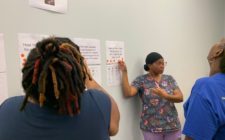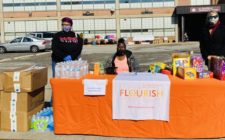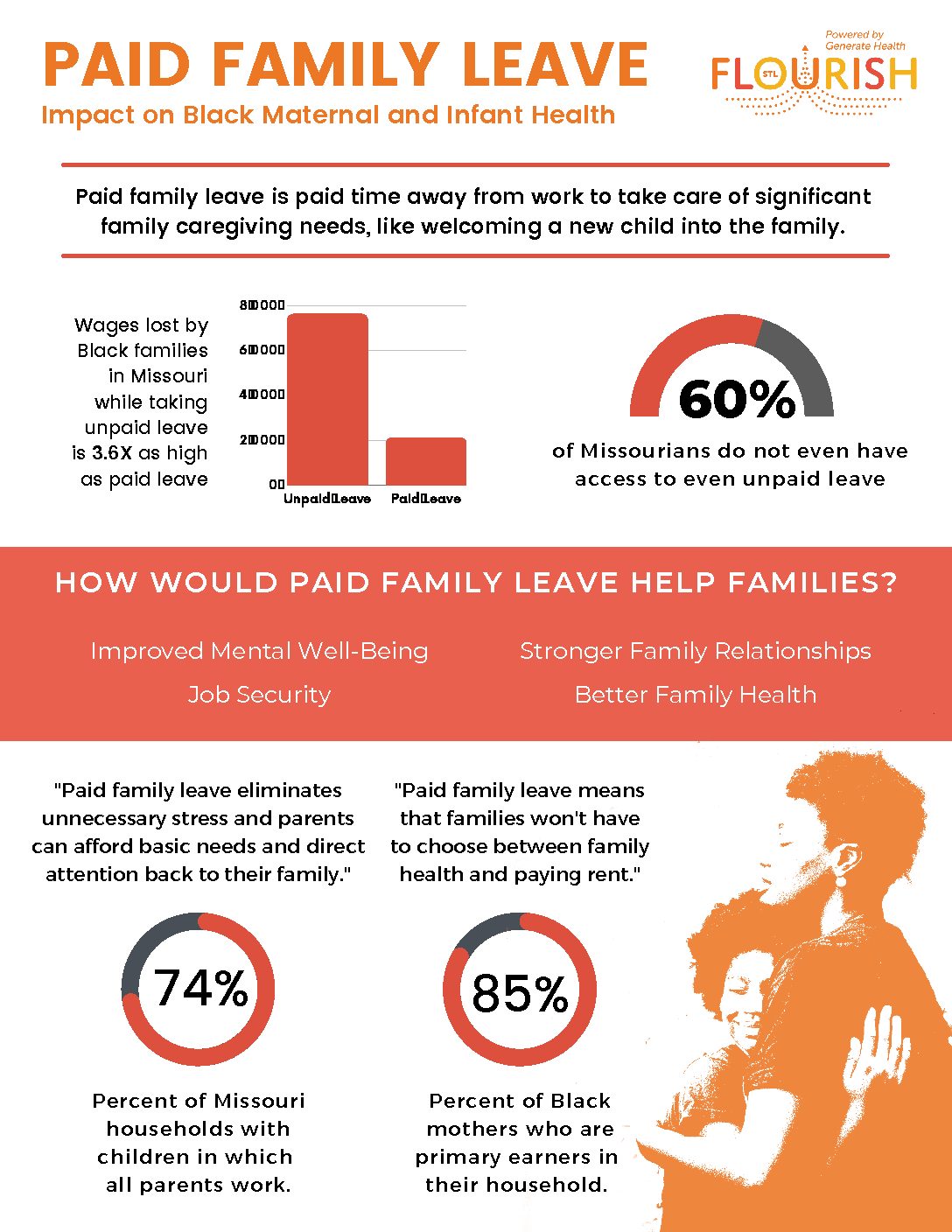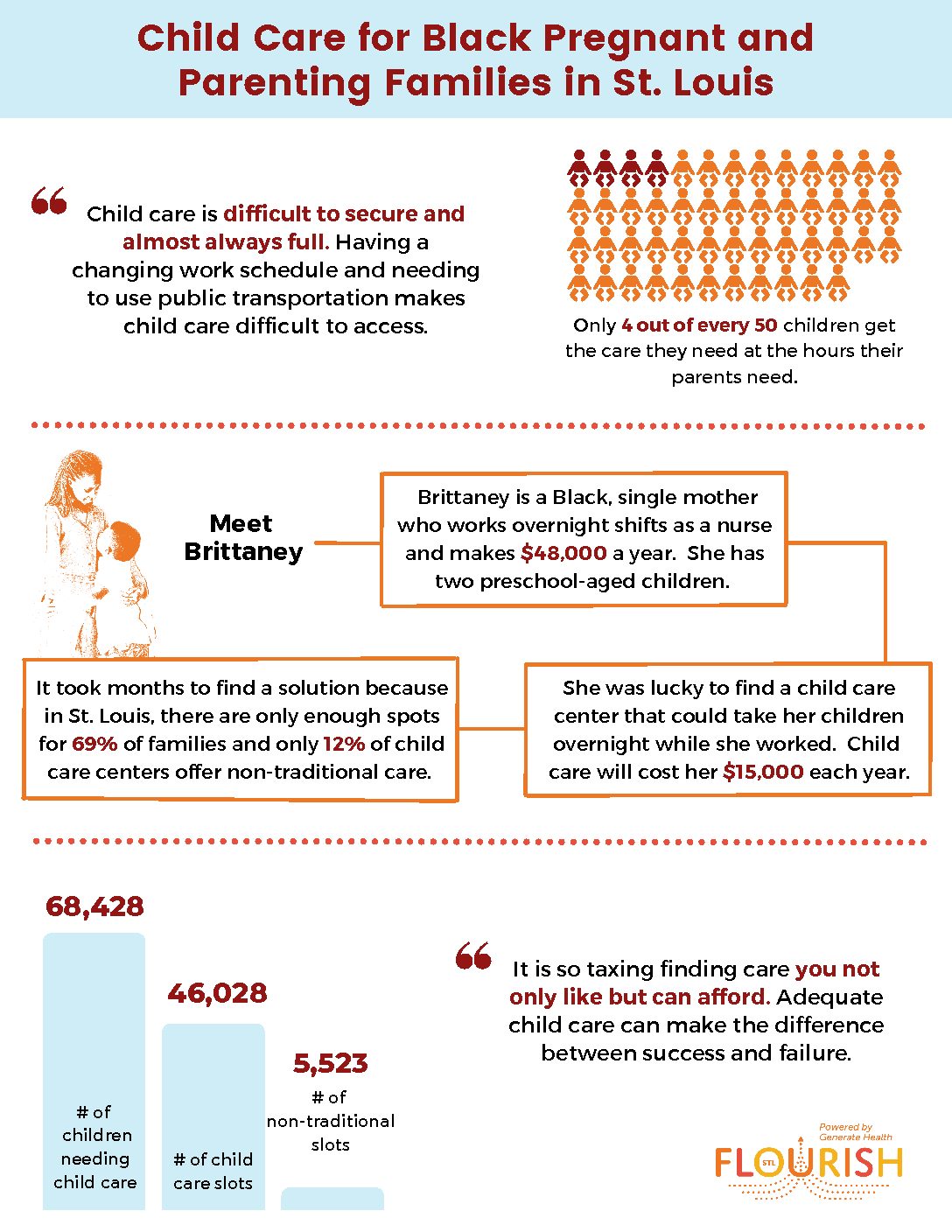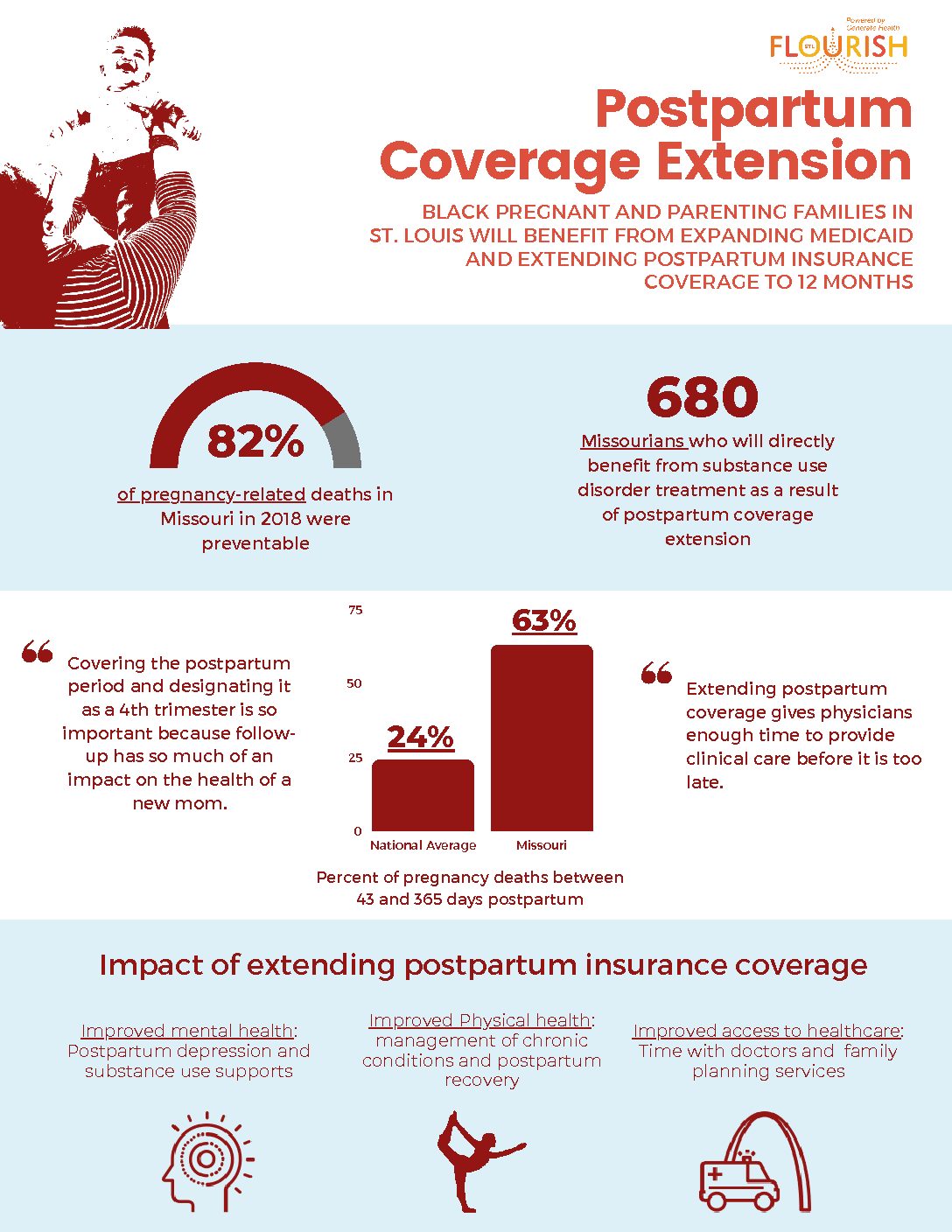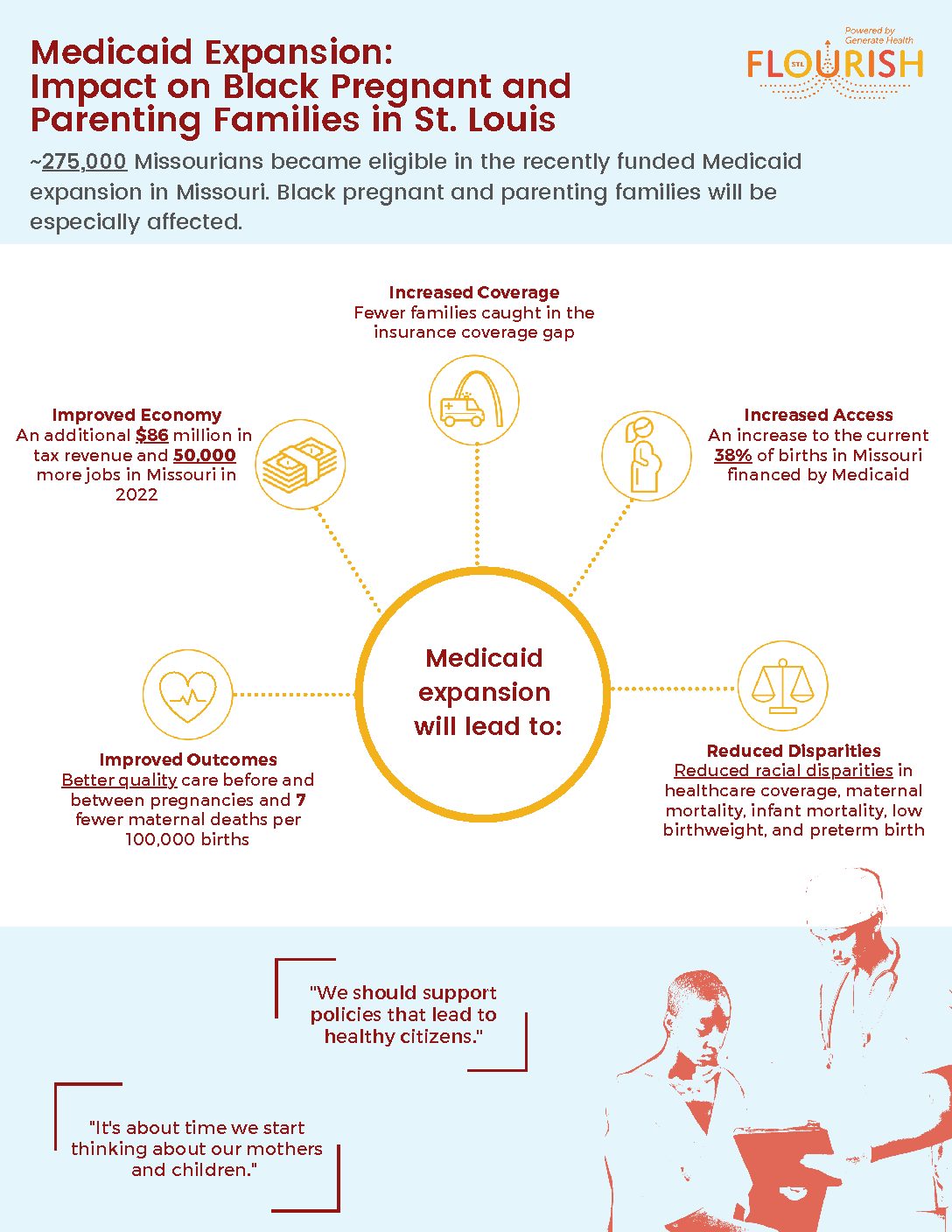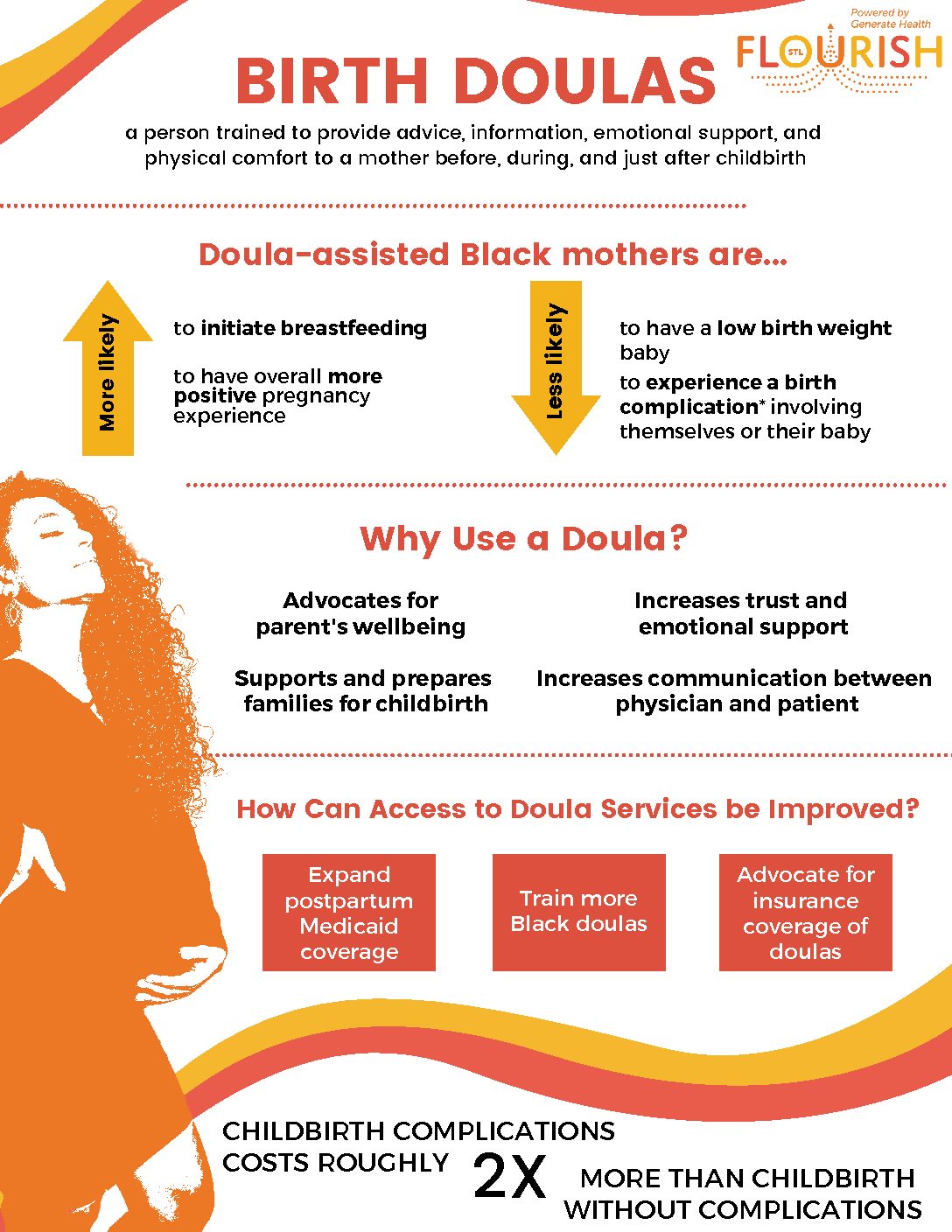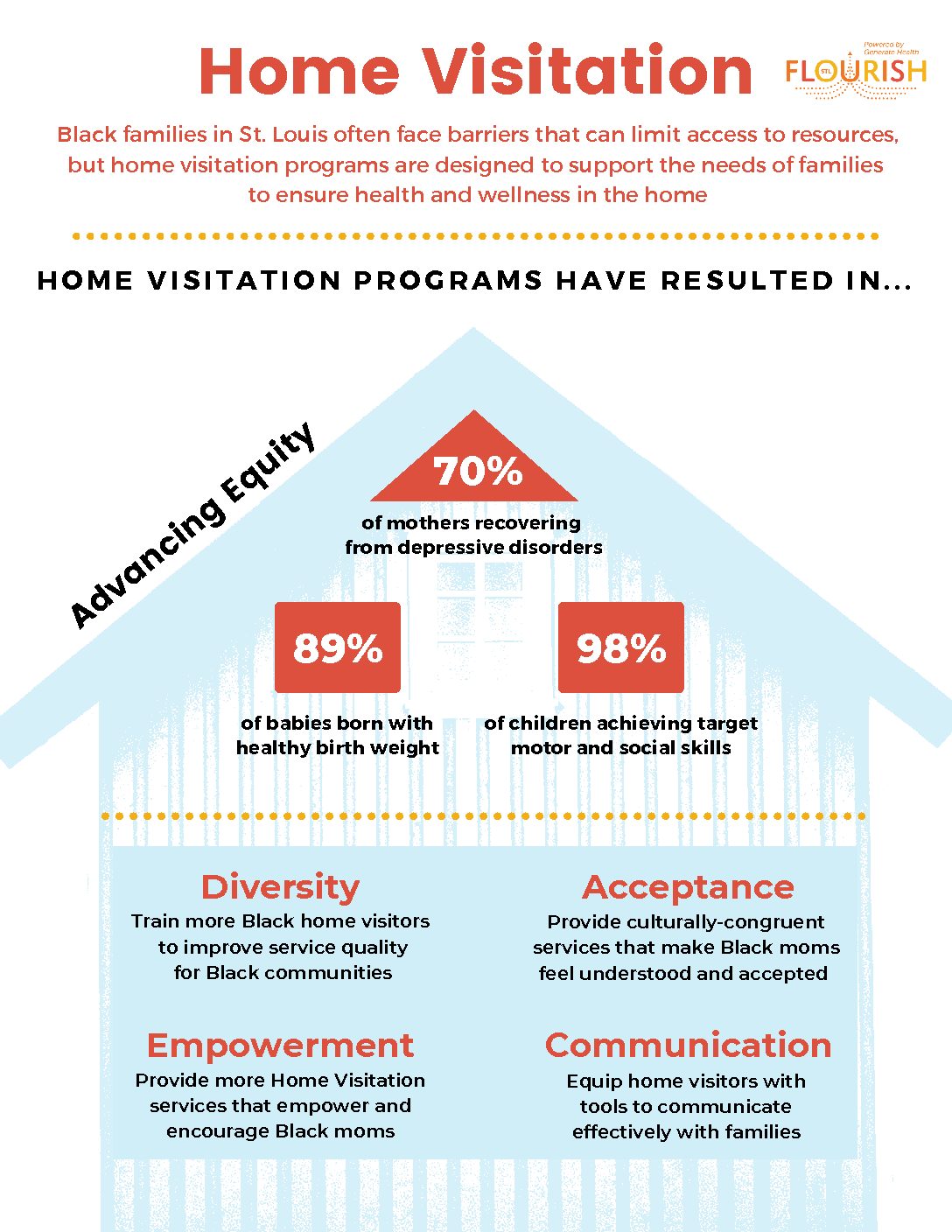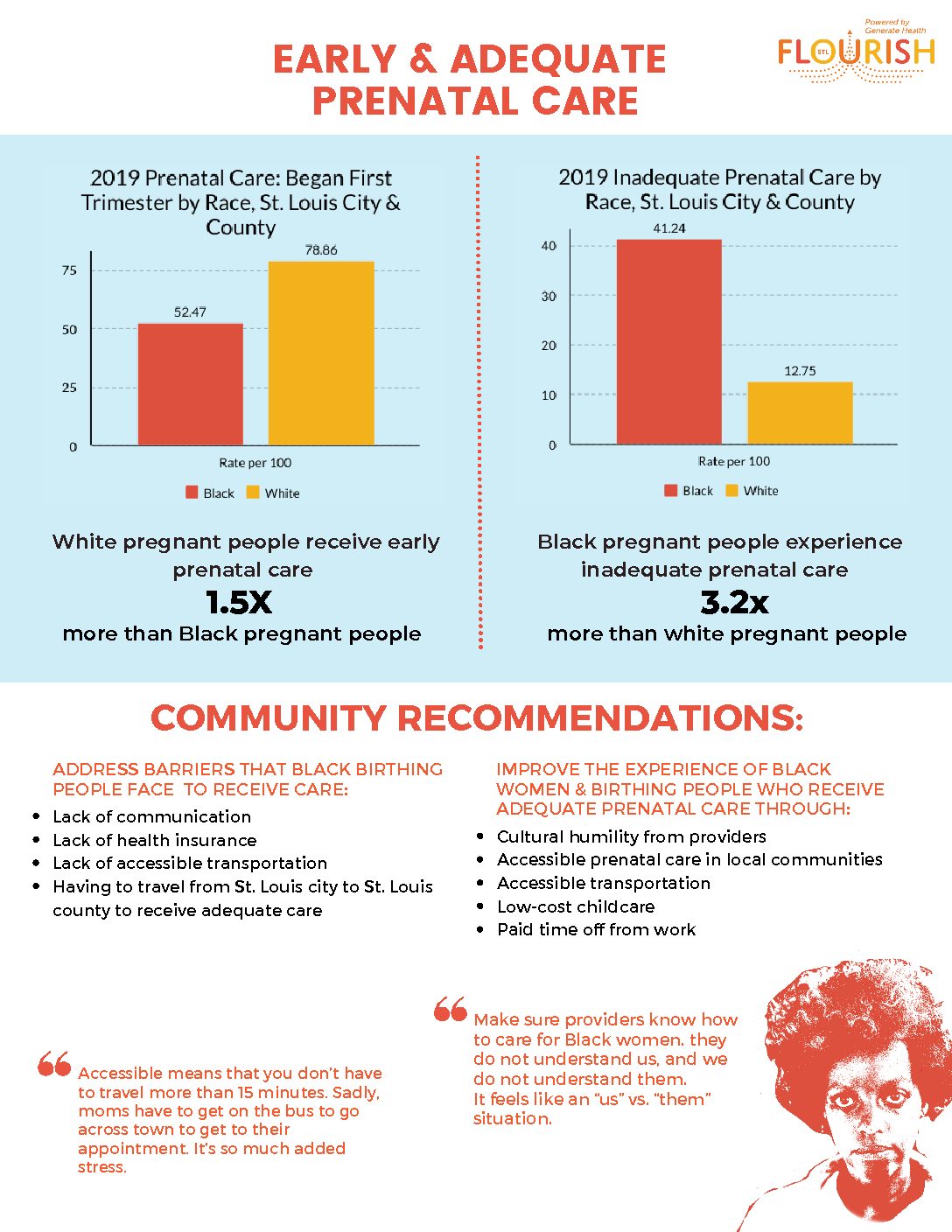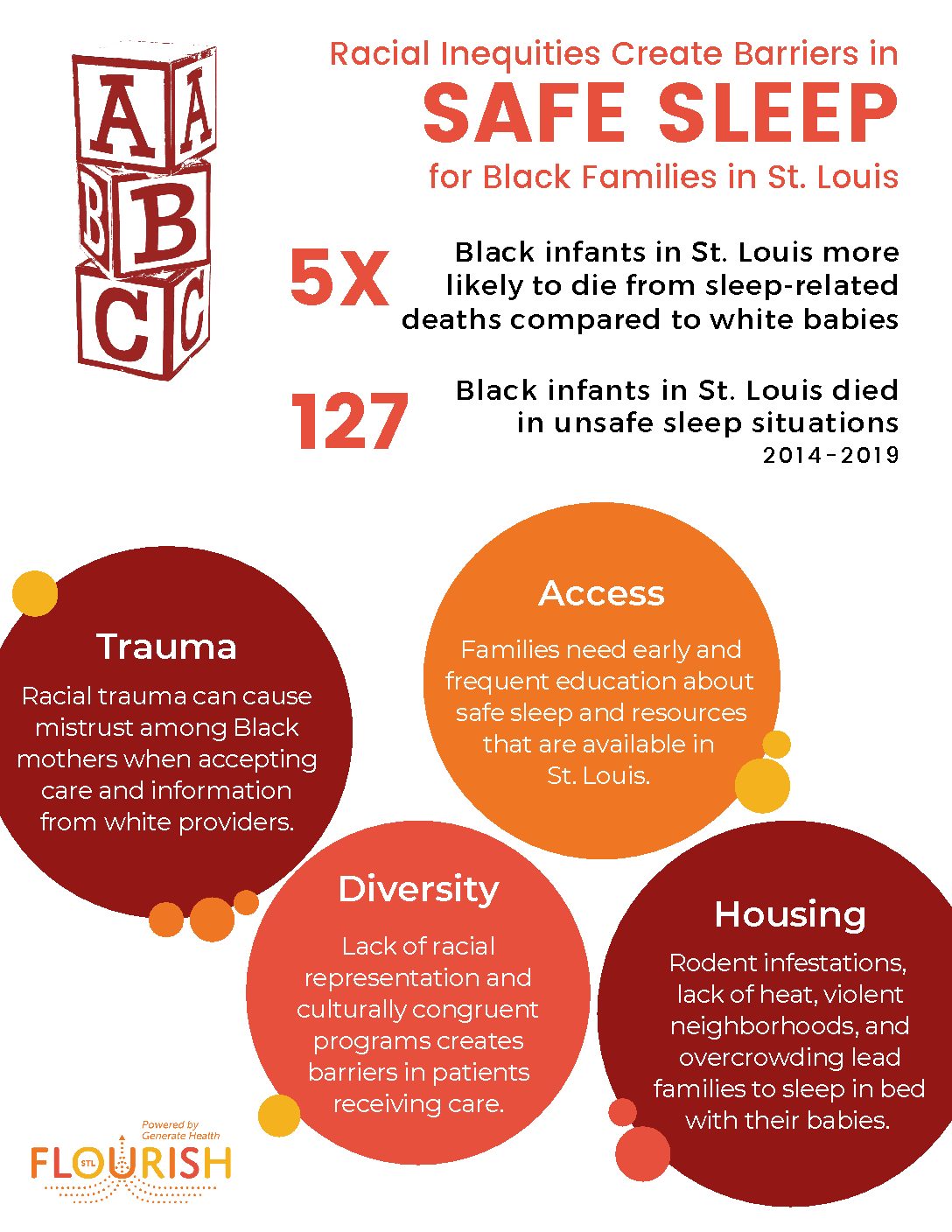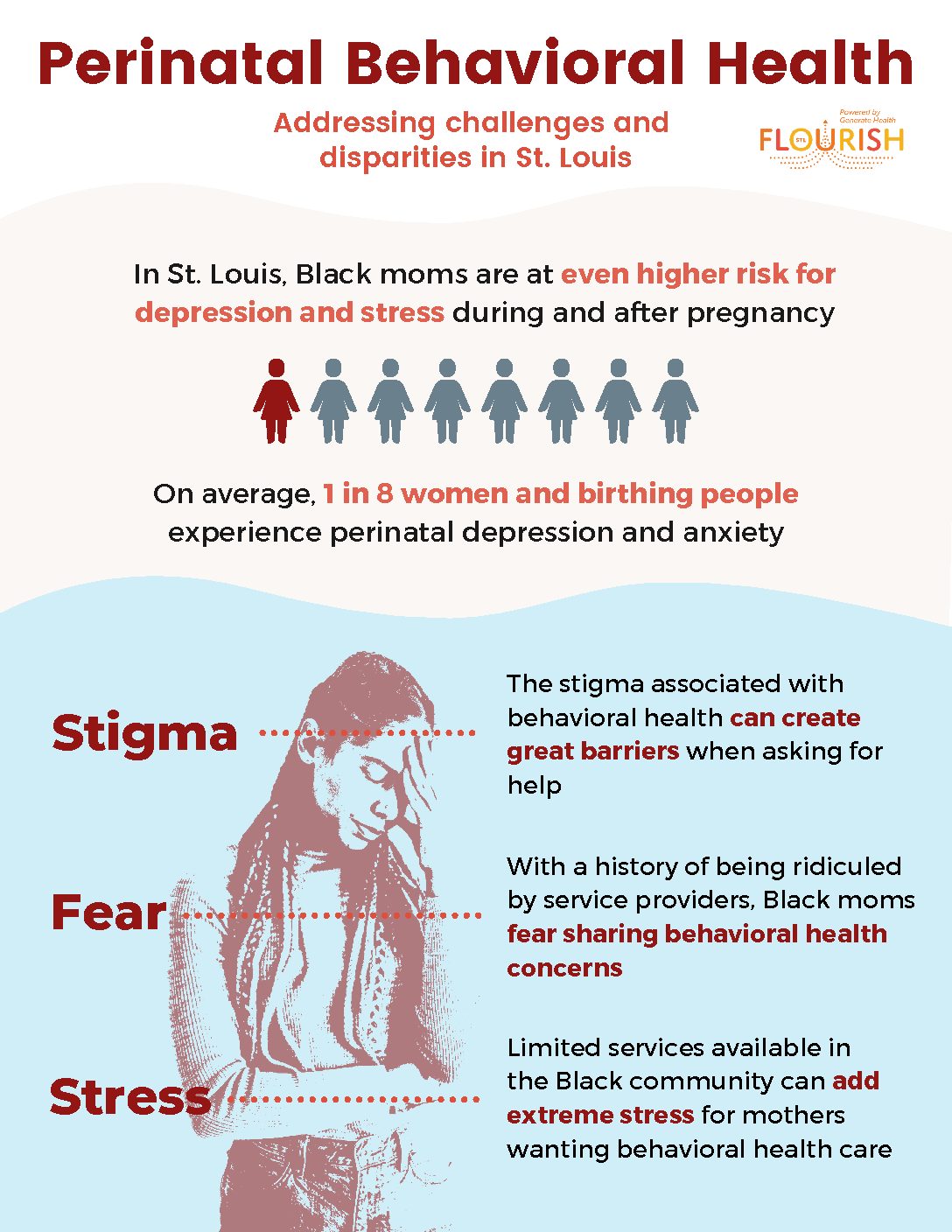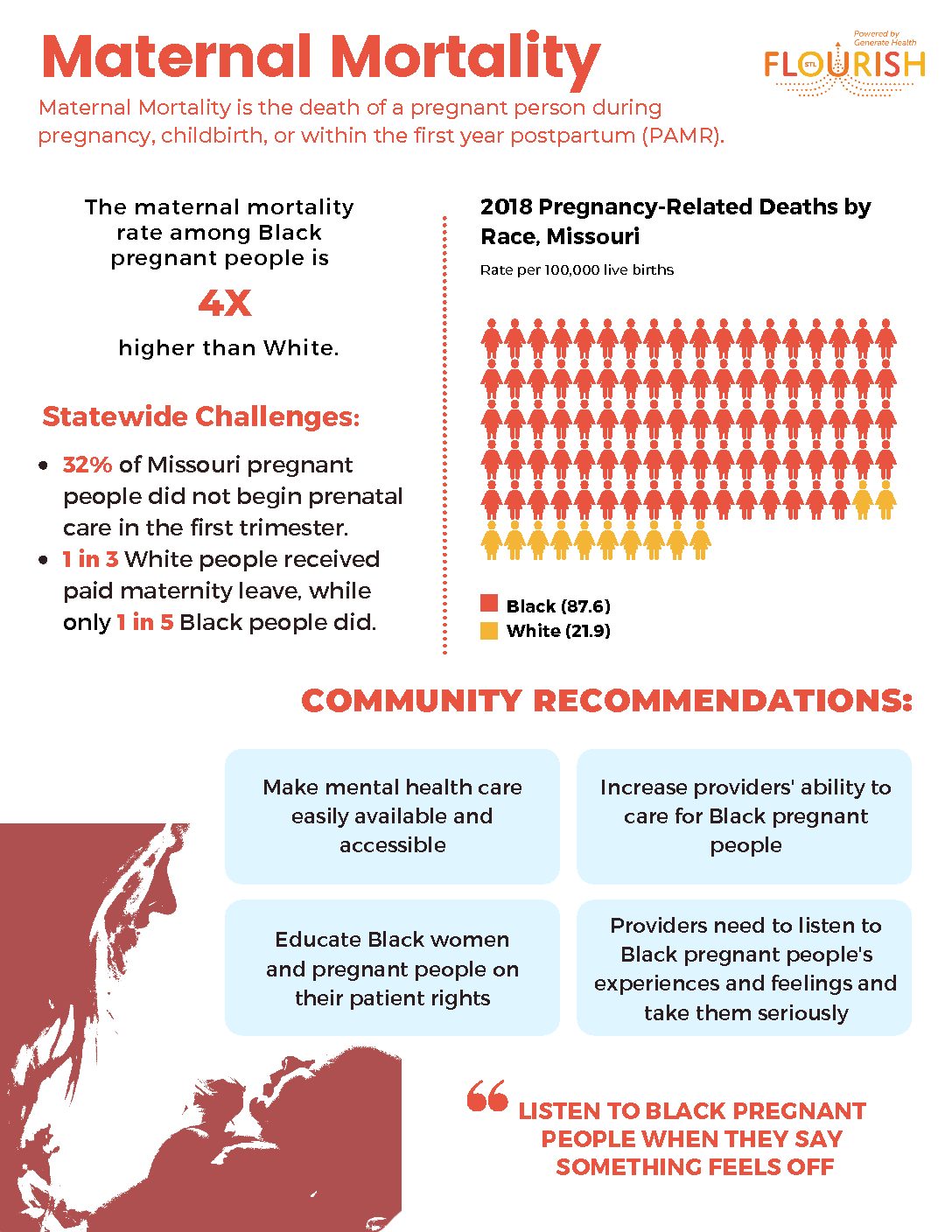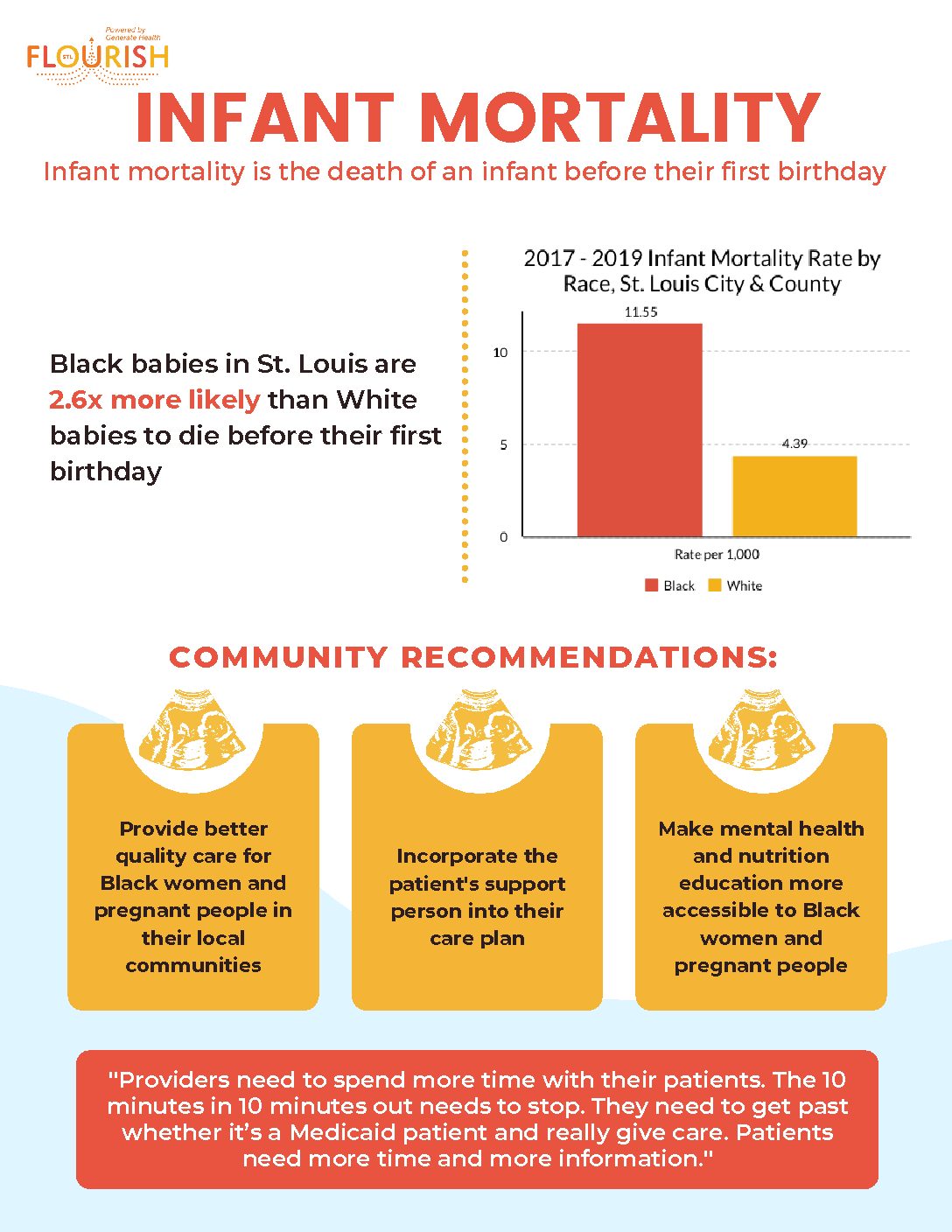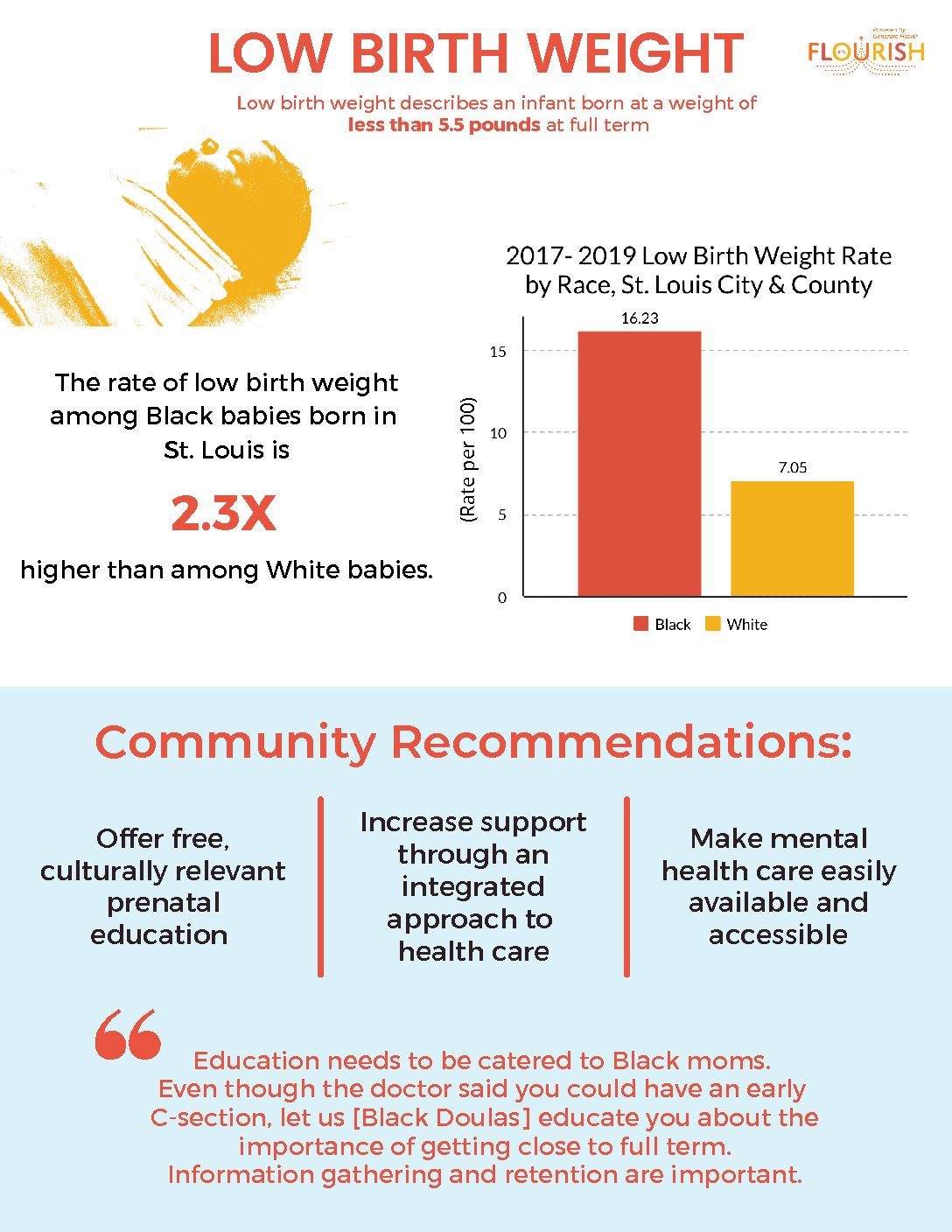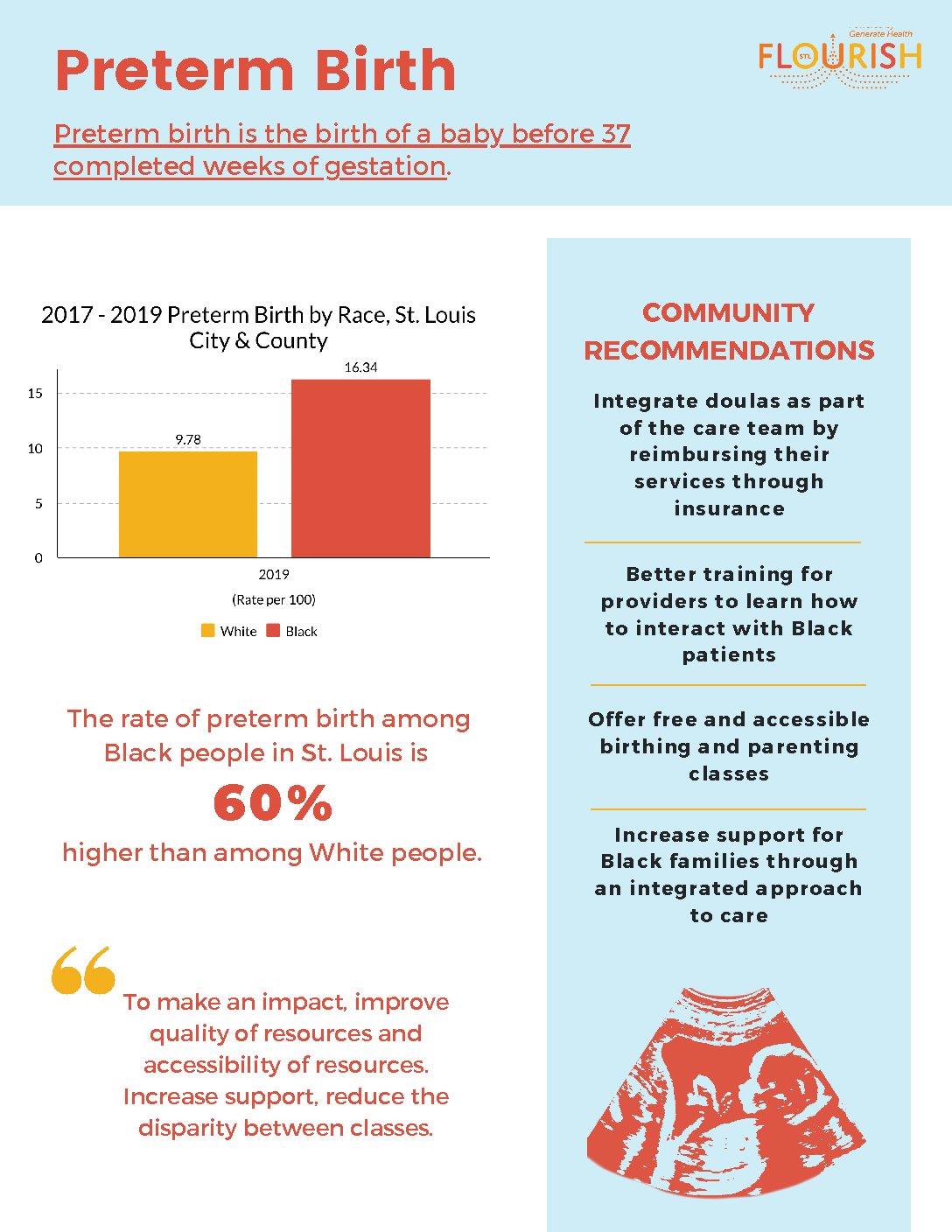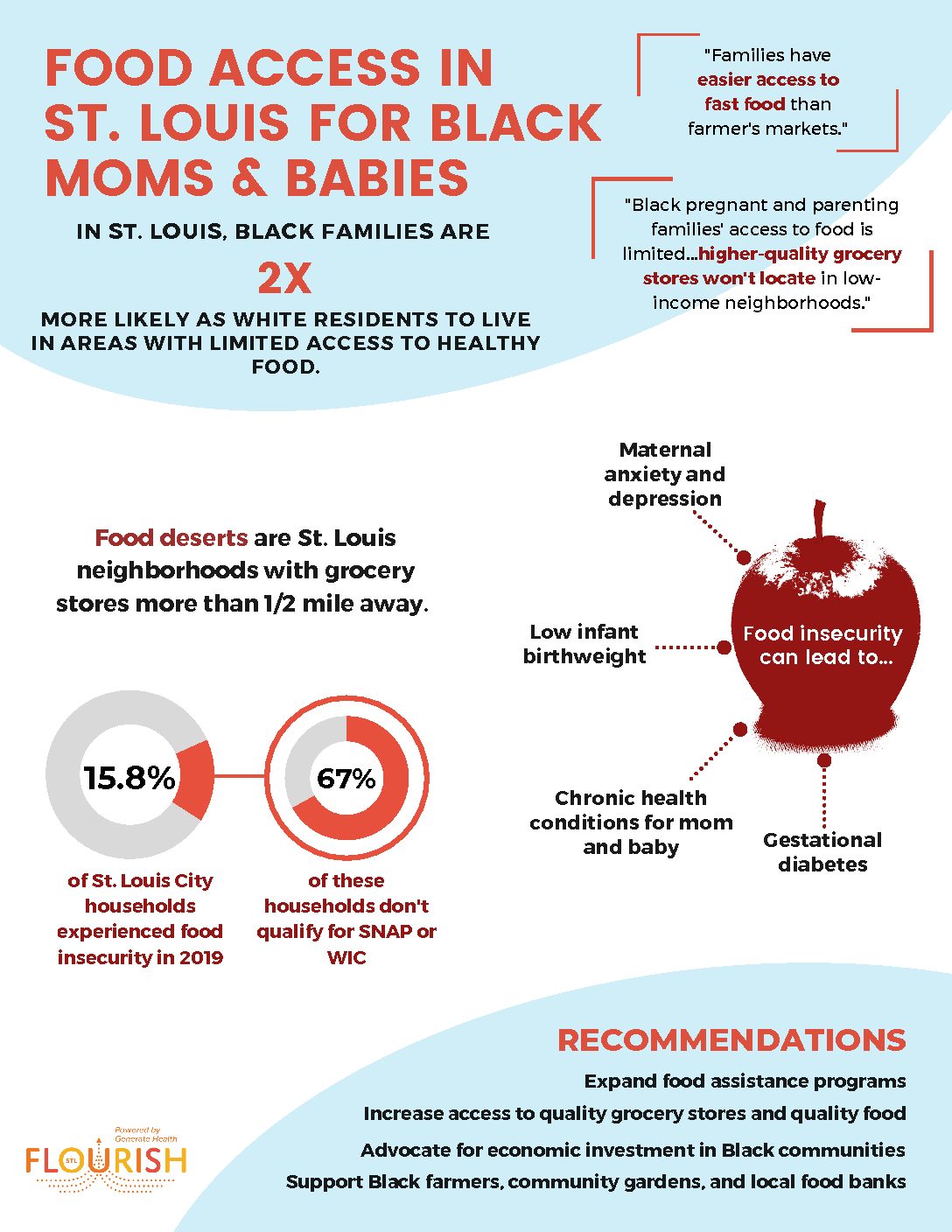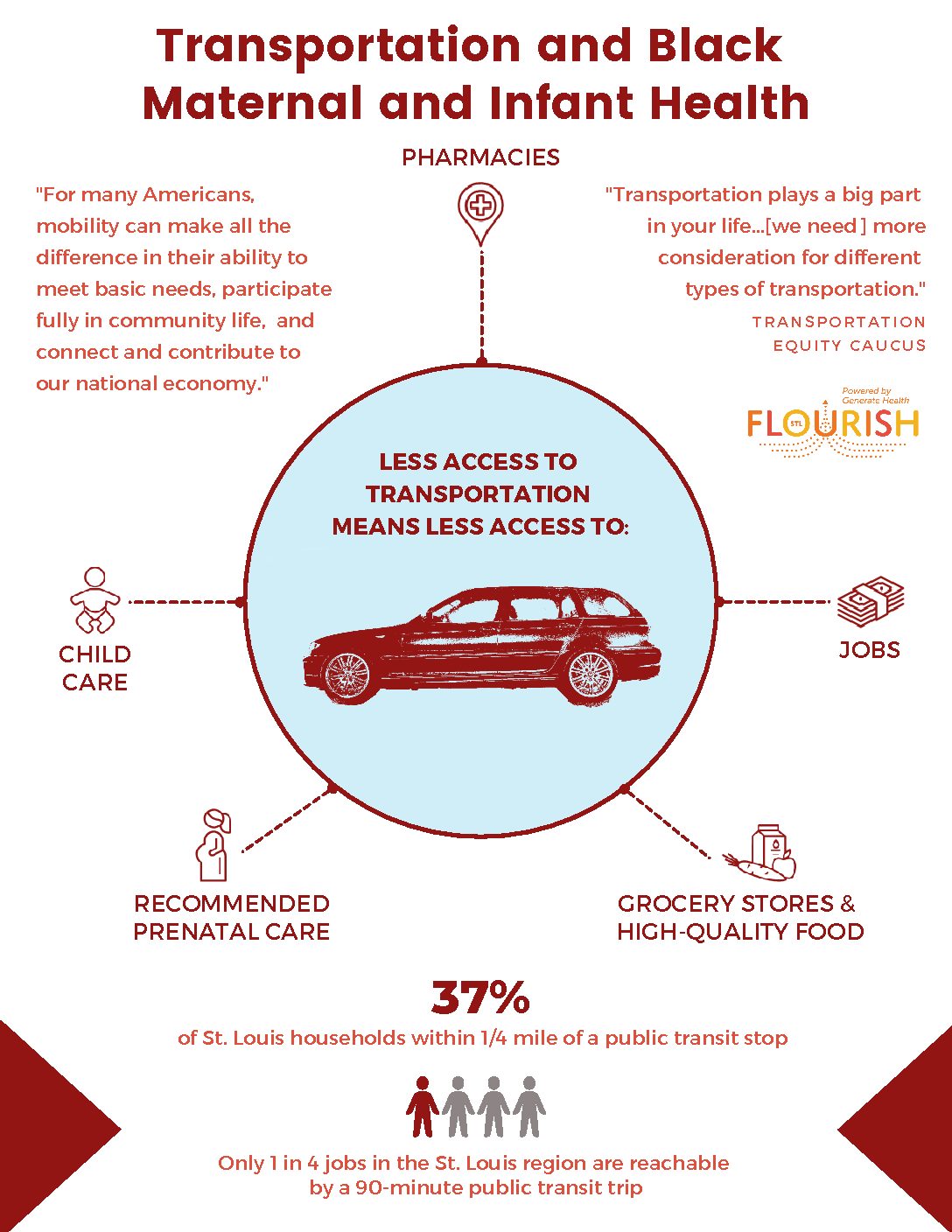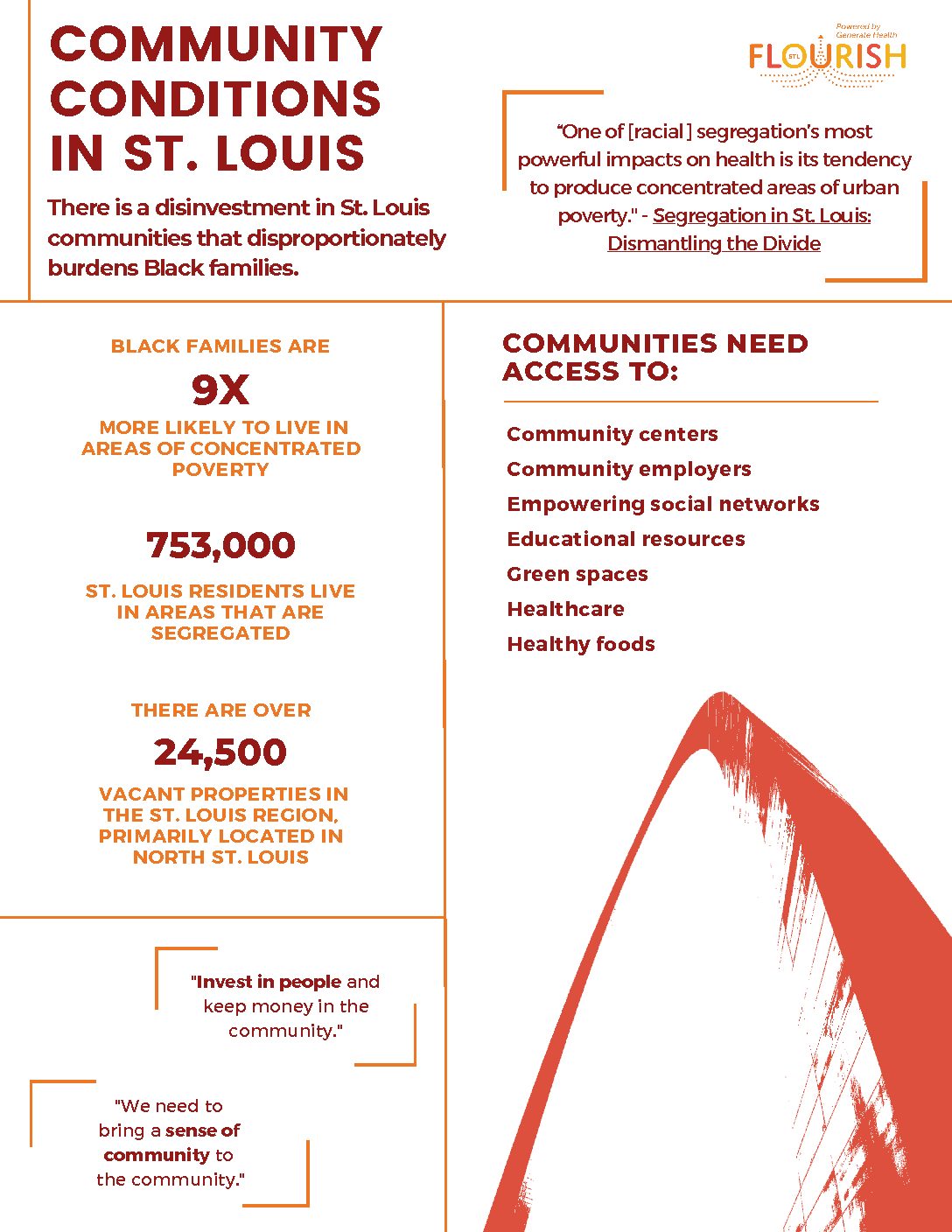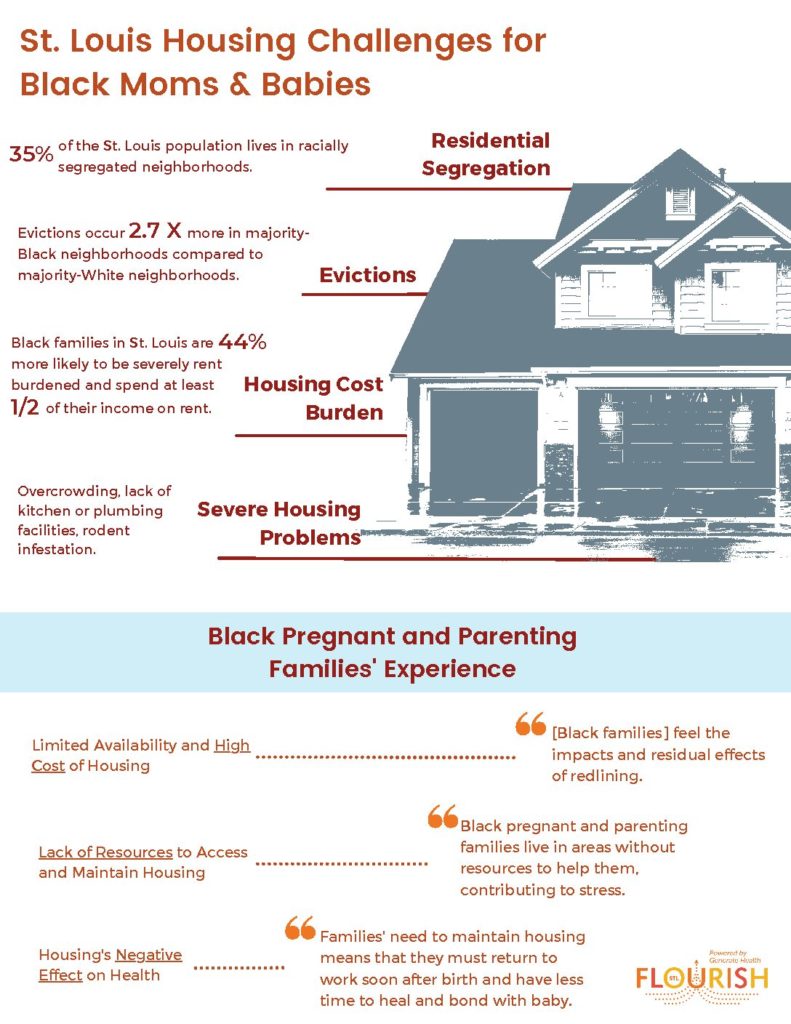One in four Black people in St. Louis face severe housing problems, including overcrowding, high housing costs, lack of kitchen or plumbing, and other challenging living conditions. These challenges are the lingering effect of redlining and systemic segregation in our region.
Why Housing Matters
From the 1930s to 1960s, appraisers at the Federal Home Owners’ Loan Corp. designated certain neighborhoods as “hazardous” solely because of the presence of Black people and other minorities. White people moved to areas deemed “desirable,” while Black families were only granted home loans for properties in redlined, undesirable areas. Neighborhoods along the riverfront and just north of downtown St. Louis were deemed “hazardous.” As a result of this “hazardous” designation, businesses and local governments invested less in redlined neighborhoods, leading to less access to basic needs, like public transportation, quality businesses and grocery stores, education, good jobs, safe parks, etc. The homes Black families were allowed to purchase were limited and had low property values, so Black families were unable to build wealth the way white families were, leading to generational disinvestment.
The impact of redlining is still seen today. Black families are highly concentrated in these once-redlined neighborhoods that have experienced decades of disinvestment. Living in these neighborhoods and in substandard housing creates added challenges for families, including:
- Poorer physical and behavioral health due to chronic stress
- Food insecurity due to lack of access to neighborhood grocery stores
- Unsafe sleep environments, caused by concerns of neighborhood safety and crime
According to Equity Indicators, Black families in St. Louis are 44% more likely to be severely rent burdened, which means that at least half of an individual’s income goes toward paying rent each month. This stretches families thin as they struggle to pay for utilities, groceries and other necessities on what is left.
What FLOURISH is Doing to Make a Difference
FLOURISH’s work to address housing issues have focused on the Clinton-Peabody housing complex in St. Louis City. A few years ago, FLOURISH led advocacy efforts to address a mice infestation at the complex, which was putting the health and safety of babies and young children at risk. Through a petition campaign and engaging elected officials at the city, state and federal level, FLOURISH was able to influence policy changes at the housing complex to improve living standards.
Today, FLOURISH MORE (Motivated Outreach for the Restoration of Equity), is dedicated to improving and expanding safe housing options for Black residents. This group is made up of community residents and other stakeholders, and continues efforts to support Clinton-Peabody by hosting health and resource fairs. The group also plans to host “Know Your Rights” training to help families better advocate for themselves when it comes to housing conditions and introduce Mommy and Me Cafes to provide a supportive setting to support pregnant and parenting families, relieve stress, and access resources.
Learn more about FLOURISH MORE here.


